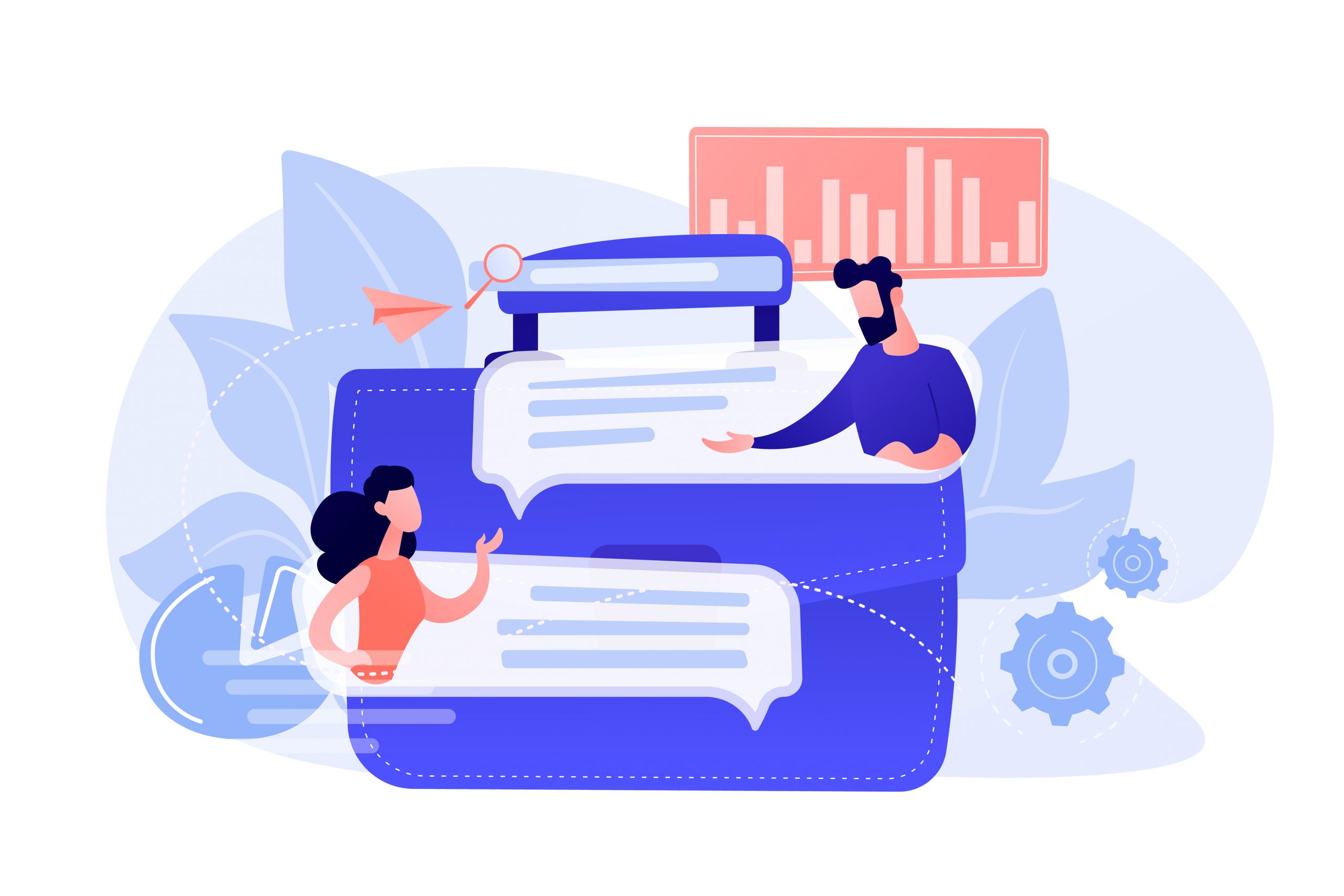
-
6 April 2024
- Large Language Models
In today’s rapidly evolving digital landscape, businesses constantly seek innovative solutions to stay ahead of the curve. Large Language Models (LLMs) such as GPT (Generative Pre-trained Transformer) have emerged as a groundbreaking tool in harnessing the power of artificial intelligence to improve various aspects of business operations. However, the one-size-fits-all nature of general-purpose LLMs often falls short in meeting specific business needs. This is where the customization and fine-tuning of LLMs on proprietary data come into play, offering a tailored approach that significantly enhances performance and relevance.
Understanding the Basics of LLM Customization
Customizing an LLM involves modifying its parameters to better align with the specific language, jargon, and information processing needs of a business. This process, known as fine-tuning, leverages a smaller, domain-specific dataset to train the model further. It enables the model to understand and generate responses that are more aligned with the unique context of the business, leading to improved accuracy and efficiency.
Benefits of Customizing LLMs for Businesses
Increased Relevance and Accuracy: By training on industry-specific data, LLMs can provide more relevant and accurate responses, improving decision-making and operational efficiency.
Enhanced User Experience: Customized responses tailored to specific user queries or needs can significantly enhance customer satisfaction and engagement.
Competitive Advantage: A bespoke LLM can provide insights and capabilities not readily available to competitors, offering a unique advantage in the marketplace.
Improved Efficiency: Tailored models can process and interpret industry-specific documentation and communication more effectively, reducing the time and resources required for data analysis.
Steps to Customizing LLMs for Business Operations
Identify Business Needs: Clearly define the specific business operations that could benefit from a customized LLM, such as customer service, content generation, or data analysis.
Gather and Prepare Proprietary Data: Collect a comprehensive dataset that represents the language, terms, and scenarios unique to your business and prepare it for training.
Fine-Tuning Process: Utilize the proprietary data to fine-tune the LLM, adjusting its parameters to align with your business’s specific requirements.
Evaluation and Iteration: Test the customized model’s performance and iteratively refine its training based on feedback and observed outcomes to enhance accuracy and relevance.
Challenges and Considerations
While customizing LLMs presents numerous benefits, businesses should also be aware of potential challenges. These include the need for significant computational resources, potential biases in proprietary data, and ensuring data privacy and security during the customization process. Additionally, ongoing maintenance and updating of the model are required to keep it relevant over time.
Case Studies and Real-World Applications
Illustrating the power of customized LLMs, several businesses have successfully integrated these models into their operations. For example, a financial services company might fine-tune an LLM to comprehend and analyze financial reports and market trends, providing real-time insights to investors. Similarly, a healthcare provider could customize an LLM to interpret medical records and literature, aiding in diagnosis and treatment planning.
Future Directions
The future of customized LLMs in business operations is promising, with advancements in AI and machine learning technologies continually expanding their potential applications. Innovations in model efficiency, data privacy, and transfer learning are likely to further enhance the customization process, making it more accessible to a wider range of businesses.
Customizing large language models offers a powerful avenue for businesses to enhance their operations, tailoring AI capabilities to meet their unique needs. By fine-tuning LLMs on proprietary data, companies can achieve greater accuracy, efficiency, and competitive advantage. Despite the challenges, the potential rewards make the endeavor worthwhile, heralding a new era of personalized AI solutions in the business world.



